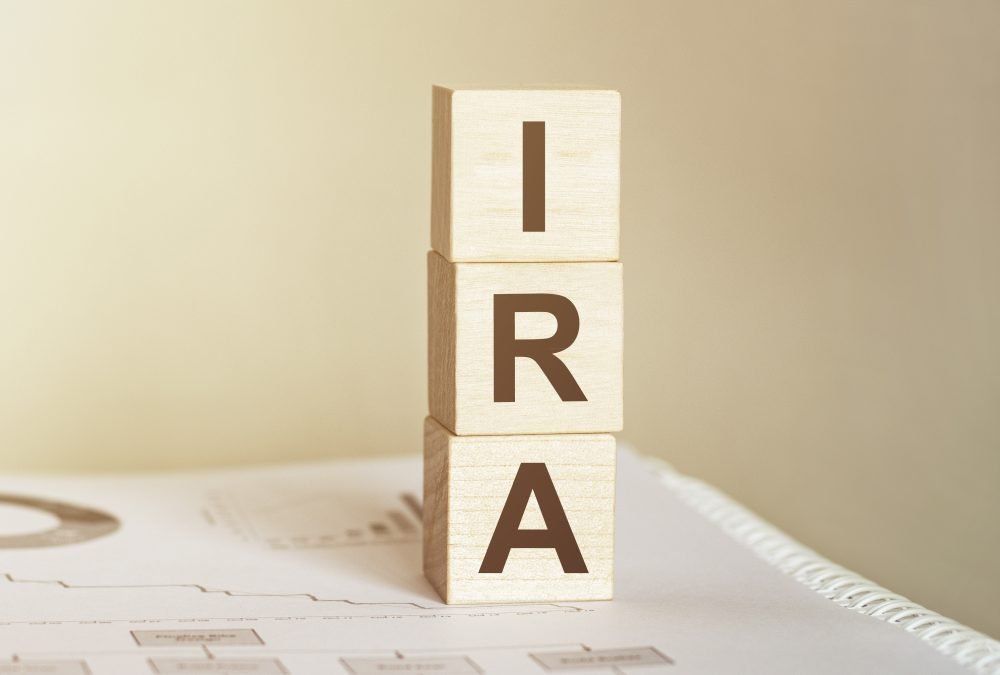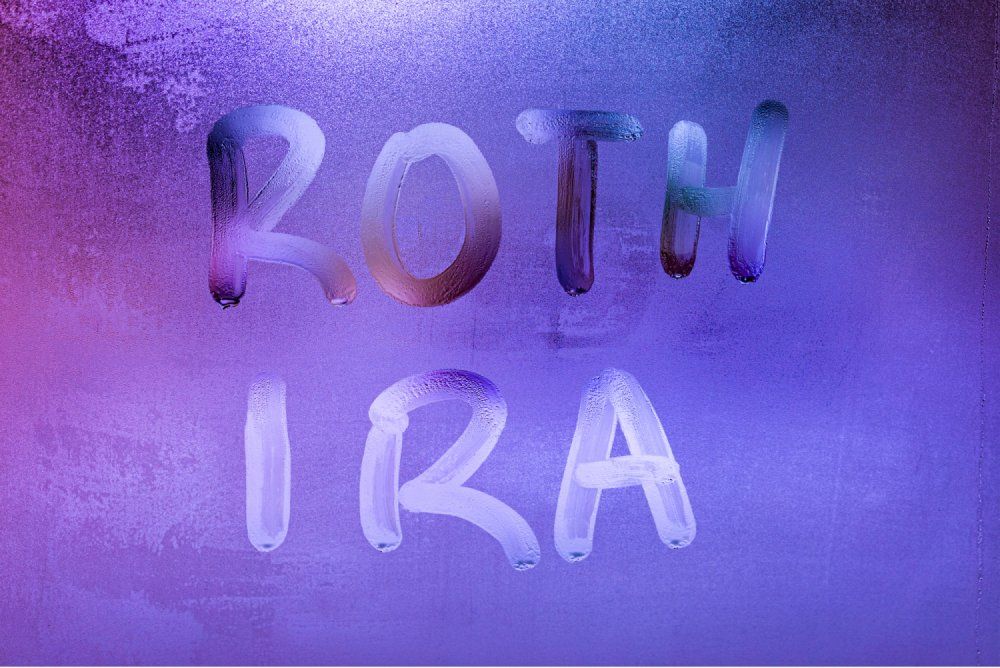SDBA – Actively Manage Your Retirement Plan
Have you ever seen the acronym SDBA in your retirement plan? It stands for “self-directed brokerage account,” which, if utilized, opens your retirement account up to a more extensive range of investment options. If you have a 401k, 403b, or a 457 plan, you may want to sign in to your retirement plan to check for the SDBA link; if you find this, contact your advisor right away.
The SDBA allows an employee to open up a brokerage window in their retirement plan and invest the money outside of the core retirement plan’s investment options. Typically, an employer’s core plan has a limited investment line-up: several target-date funds, a few markets mutual funds and ETFs, and a couple of bond funds.
A fiduciary is obligated to provide investment options for the plan that offers acceptable performance and limits the employee from making their plan too risky. Those who want minimal involvement once they set up their retirement plan, limited investment options and target-date funds provide a simple way to invest for the future. The SDBA, however, allows employees to be more proactive in managing their retirement accounts.
An experienced investor or financial professional should only use the SDBA. It allows the employee to control their retirement plan and access assets typically not found in retirement plans. At Twin Rivers, we can help our clients manage their employer-sponsored retirement accounts using the SDBA in numerous ways. One method is a hands-on approach, which requires spending some time each quarter with an advisor, where clients will screen share and make changes together in real-time. Another method involves the use of a 3rd-party investment advisor. This option is excellent for clients who would rather not be involved with making changes to the account. The 3rd party option can be more expensive. However, it still provides access to a broader range of investment options and limits some risks associated with clients co-managing their retirement plan with an advisor.
The most significant risk of co-managing a retirement plan with an advisor using the SBDA is the time it takes to trade investments in the account. The client must sign in to their account before their advisor can direct investments on the client’s computer via remote control. If a quick adjustment is needed, but an advisor cannot contact the client, they will not be able to change the account’s investments. This is a risk unique to the SDBA, which is why it is not for everyone.
If you are interested in being more proactive in managing your employer-sponsored retirement plan, you should utilize the SDBA feature. Your investment strategy should not be limited to a few mutual funds and age-based target-date funds. If you have an SDBA in your retirement plan and want assistance in managing your retirement accounts, please contact one of our advisors.
Can We Help?
The Twin Rivers team wants to guide you on your journey to financial success. If you have any questions about the topics above or would like to discuss any financial decision you are facing, please do not hesitate to contact our team.
Contact Us:
Sacramento Office:
1783 Tribute Road
Suite D.
Sacramento, CA 95815
Hours
- Mon - Fri
- -
- Sat - Sun
- Closed
Call
Boise Office:
Boise, ID
Hours
- Mon - Fri
- -
- Sat - Sun
- Closed
Call
All Rights Reserved | Twin Rivers Wealth Management
Advisory services offered through Twin Rivers Wealth Management, a Registered Investment Advisor.











